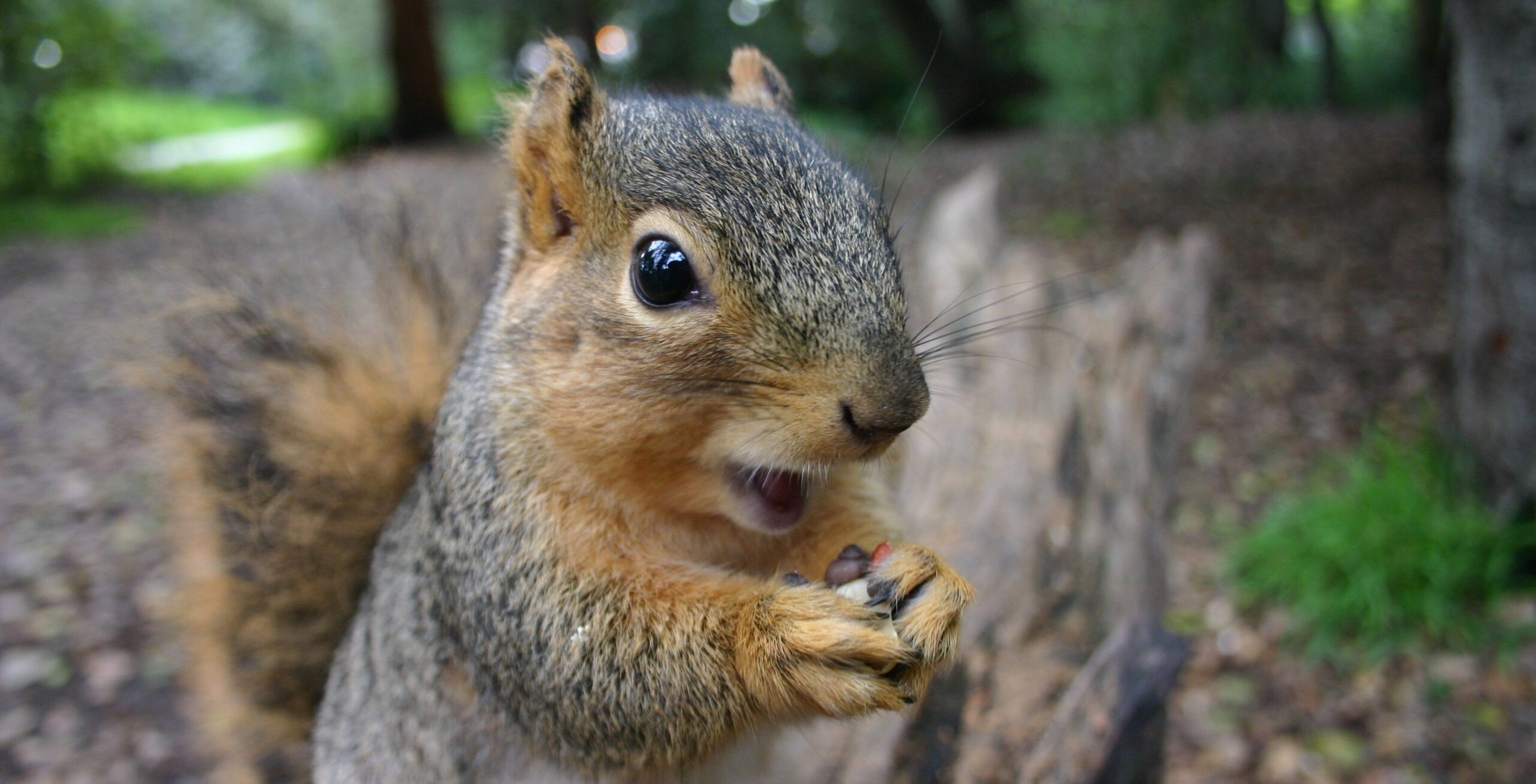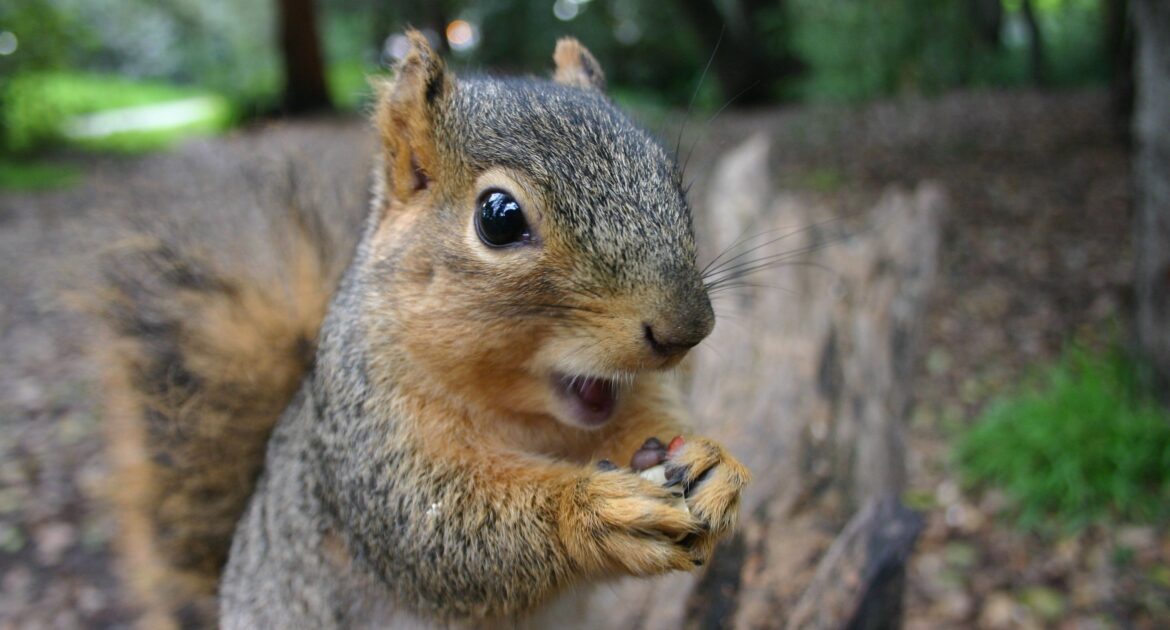When you hear the chatter and scurrying of squirrels in your attic, the first thought might be, “Are squirrels rodents?” This simple question often leaves many homeowners puzzled. It’s crucial to understand the classification of squirrels to manage these energetic invaders effectively. After all, knowing what you’re up against is half the battle when it comes to wildlife removal.
In a nutshell, yes, squirrels are indeed classified as rodents. They belong to the Rodentia order, which also includes animals like rats, mice, and beavers. Recognizing squirrels as rodents is essential for effective wildlife control and management in places like Eden Prairie, where Skedaddle Humane Wildlife Control provides dedicated services. This understanding helps in adopting humane strategies to keep these bushy-tailed creatures away from your property.
Throughout this discussion, we will delve deeper into why squirrels fall under the rodent category, explore the different squirrel species, and discuss various humane ways to manage and remove them. Whether you’re curious about the relationship between squirrels and rats or searching for tips on how to keep squirrels away, this piece will provide you with valuable insights and practical advice.
What Defines a Rodent?
To comprehend why squirrels are categorized as rodents, it’s crucial to delve into the scientific classification and features that define this diverse group of animals. Rodents belong to the order Rodentia, a classification that underscores their unique physical traits, primarily their dentition. Members of this order possess a distinctive set of teeth: a pair of continuously growing incisors in the upper and lower jaws. These sharp, chisel-like teeth are adapted for gnawing on various materials – a defining characteristic that all rodents share.
The rodent family is vast, encompassing more than 2,000 species worldwide. Some of the most common examples include mice, guinea pigs, and beavers. Each rodent exhibits specialized physical traits that enable them to thrive in different environments, from urban settings to wild forests. For instance, our familiar house mouse is small and agile, while the beaver is known for its robust build and impressive dam-building skills. By understanding these diverse members, we gain a clearer picture of what places an animal within the Rodentia order.
The Rodent Family and Its Members
When considering the expansive rodent family, it’s fascinating to explore the different types that inhabit our world and our own backyard. Globally, rodents vary significantly in size, habitat, and behavior, from the ubiquitous house mouse to the industrious beaver. Here in Eden Prairie, we encounter a few key rodent species, such as mice and rats.
Globally, rodents form an immensely diverse group. The humble house mouse thrives across continents and is known for its adaptability and knack for finding shelter in human homes. Similarly, the larger Norway rat, often seen in urban environments, is infamous for its resourcefulness and survival skills. On the other end of the spectrum, there are more exotic rodents like the capybara, the world’s largest rodent, found gracing the wetlands of South America.
In Eden Prairie, the house mouse and Norway rat are common sights. These rodents display different behaviors and preferences in choosing their habitats. Mice are small, quick, and curious, seeking out food sources within human dwellings. Rats, though larger, are equally adaptable and can often be found in basements and sewers.
Compared to squirrels, mice and rats have markedly different behaviors and lifestyles. Squirrels, particularly tree squirrels, are adept climbers, preferring to dwell in the trees and sometimes our attics. They are known for their daytime activity and gather food in an energetic and often playful manner. Mice and rats, on the other hand, are primarily nocturnal and more discreet in their foraging habits. While all these animals are part of the rodent family, their distinctive behaviors and habitat preferences highlight the varied adaptations within this group.
Squirrels’ Classification
To understand why squirrels are part of the rodent family, we need to take a closer look at their biological characteristics, particularly their dentition. Like other rodents, squirrels have a pair of incisors that never stop growing, enabling them to gnaw on tree bark, nuts, and other tough materials. This trait ensures their teeth remain sharp and functional throughout their lives. The morphology of their teeth is a key indicator of their classification in the Rodentia order.
In Eden Prairie, we encounter several squirrel species, each with unique yet common traits. The Eastern Gray Squirrel is the most prevalent, known for its dusky gray fur and bushy tail. We also see the Fox Squirrel, slightly larger with a reddish-brown coat, and the smaller but equally active Red Squirrel. These squirrels are agile climbers, favoring treetop habitats but occasionally seeking shelter in our attics. They exhibit a diurnal pattern—most active during the day, often seen energetically foraging or scurrying up trees.
Recognizing squirrels as rodents has significant implications for homeowners, particularly in terms of potential home intrusions and the associated challenges. Due to their gnawing habits, squirrels can cause substantial damage to property. Their continuously growing incisors drive them to chew on various materials, including wood, wires, and insulation, which can lead to structural damage and even pose fire hazards.
Behavior-wise, squirrels are naturally curious and agile, often finding their way into attics and wall cavities. Once inside, they can create nests, store food, and inadvertently damage the infrastructure. Their daytime activity and the noise from their scampering can be disruptive to household peace. It’s not just the physical damage; their presence can also lead to secondary issues, such as attracting other pests or creating unsanitary conditions.
By understanding that squirrels fall under the rodent category, we can adopt more effective strategies to address their infestations. Knowing their biological drive to gnaw and their typical entry points can help in crafting targeted prevention and removal plans. Sealing potential entry points, using deterrents, and seeking professional services become more straightforward when we comprehend the unique behaviors and needs of these animals.
Our Professional Wildlife Management Solutions
At Skedaddle Humane Wildlife Control, our approach to managing squirrel populations focuses on humane and effective techniques that minimize stress for the animals and prevent property damage. We prioritize methods that ensure the well-being of squirrels while keeping them away from your home.
- One-Way Doors: We use specially designed one-way doors that allow squirrels to exit your attic or walls but prevent them from re-entering. This method is favored over trapping or relocation because it significantly reduces the stress on the animals and ensures their survival in their natural habitat. The two-way doors are installed at main entry points and ensure that squirrels vacate your home without the risk of being trapped or relocated far from their food sources and shelters, which could lead to disorientation or death.
- Exclusion Techniques: Our exclusion techniques focus on sealing entry points to prevent future intrusions. This includes repairing holes, gaps, and other potential entry routes in your home’s structure. We install protective barriers and use materials that are resistant to gnawing, ensuring that squirrels and other rodents cannot re-enter. Habitat modification around the property is also considered, such as trimming tree branches that are close to the house, which can serve as access points for squirrels.
Using these humane methods, we ensure that squirrel populations are managed effectively while protecting your home and maintaining the animals’ natural lifestyles. Our commitment to humane wildlife control guarantees that both the residents and the local fauna can live harmoniously.
Preventative Measures and Advice
To effectively discourage squirrels from entering your property, homeowners can implement a range of environmental adjustments and secure food storage practices. These preventative measures not only help in avoiding potential damage but also maintain a harmonious coexistence with local wildlife.
- Trim Tree Branches: Ensure that tree branches are at least 6-8 feet away from the house. This reduces access points for squirrels attempting to reach your roof or attic.
- Secure Food Sources: Store bird seed, pet food, and other potential attractants in airtight containers. Avoid leaving food out as it can attract not only squirrels but other rodents and pests.
- Install Barriers: Use squirrel guards and metal sheeting around tree trunks and bird feeders to make it difficult for squirrels to climb and access food sources.
- Seal Entry Points: Regularly inspect your home for holes, gaps, and cracks. Use durable materials to seal these potential entry points, paying special attention to the roof, eaves, and attic vents.
Regular inspections and maintenance are critical, especially during the spring and autumn seasons when squirrels are most active. By staying vigilant and making these adjustments, homeowners can help safeguard their properties while allowing these animals to thrive in their natural environment.
Our Expert Solutions to Keep Squirrels Away
Squirrels belong to the Rodentia order, manifesting traits that signify their classification as rodents. These include continuously growing incisors that necessitate constant gnawing, often leading to property damage. Common squirrel species in Eden Prairie, including the Eastern Gray Squirrel, Fox Squirrel, and Red Squirrel, share these characteristics and behaviors. Their tendency to intrude into homes creates challenges for homeowners, making effective management crucial.
Engaging Skedaddle Humane Wildlife Control services in Eden Prairie provides homeowners with tailored and humane solutions to manage squirrel intrusions. Our use of innovative methods, such as one-way doors and exclusion techniques, ensures both the protection of your property and the well-being of the local squirrel population. By prioritizing humane practices, we help maintain a balanced coexistence between humans and wildlife.
With our comprehensive approach, understanding that squirrels are indeed rodents drives us to adopt strategies that address their unique behaviors and potential entry points. From sealing gaps to habitat modification, our methods safeguard your home while considering the animals’ natural lifestyles. If you’re wondering, “Are squirrels and rats related?” or seeking advice on “how to keep squirrels away,” our expert team is here to assist.
To request a quote or learn more about our humane wildlife control services, contact us today. Let us provide you with the expert assistance you need for effective and compassionate wildlife management.




